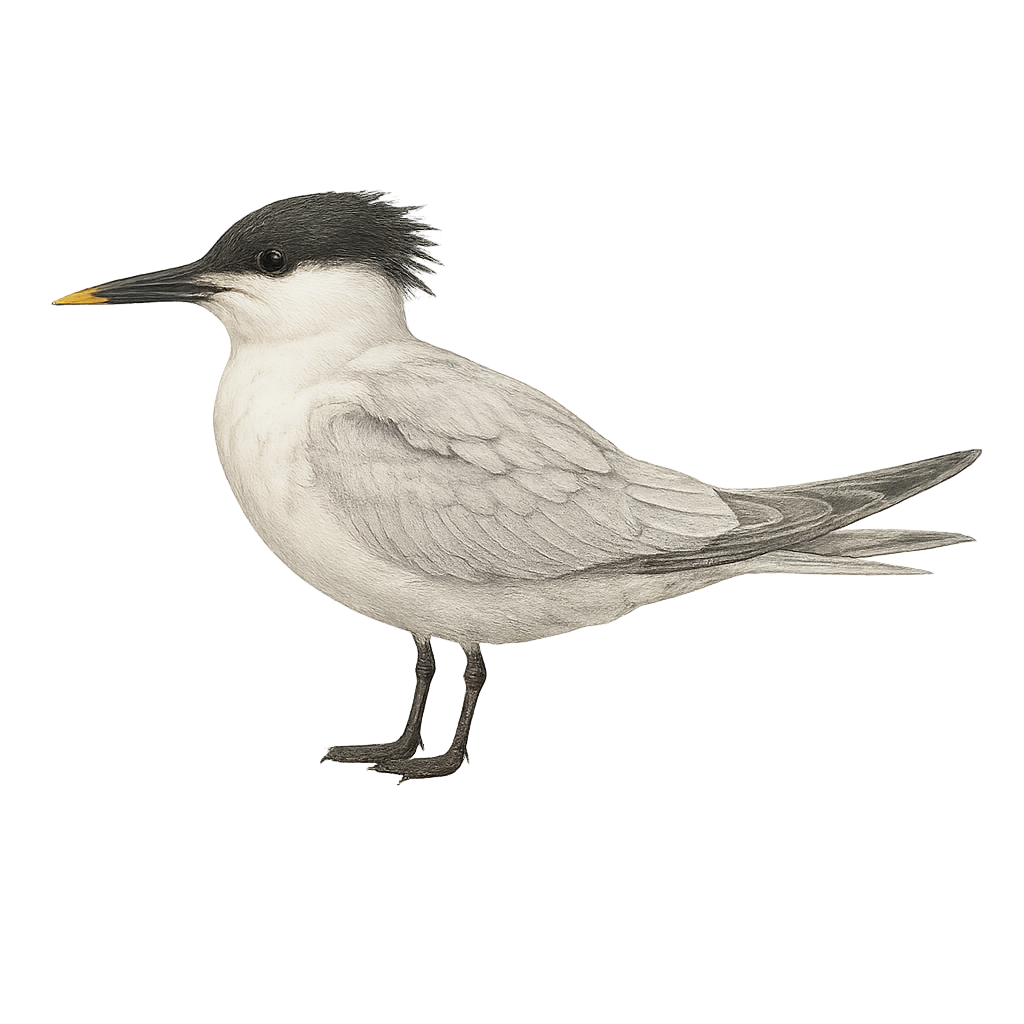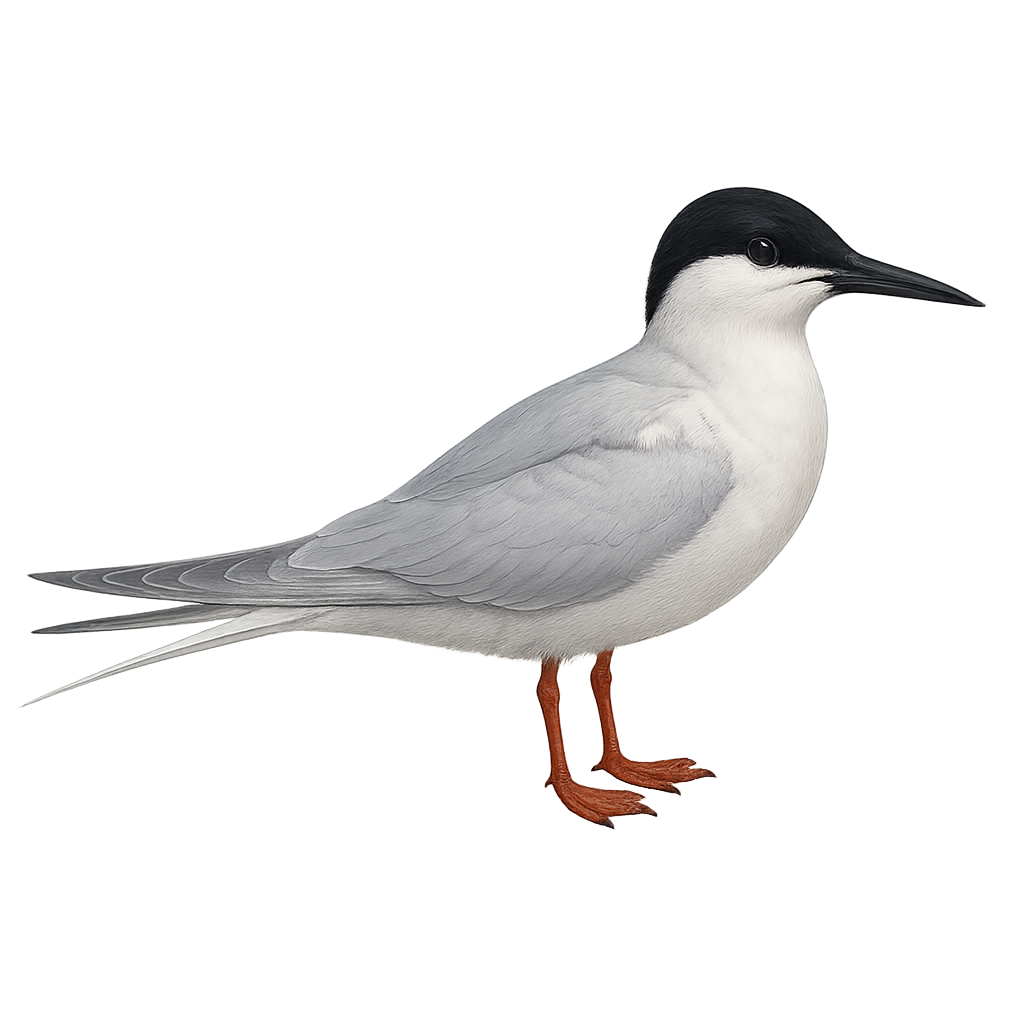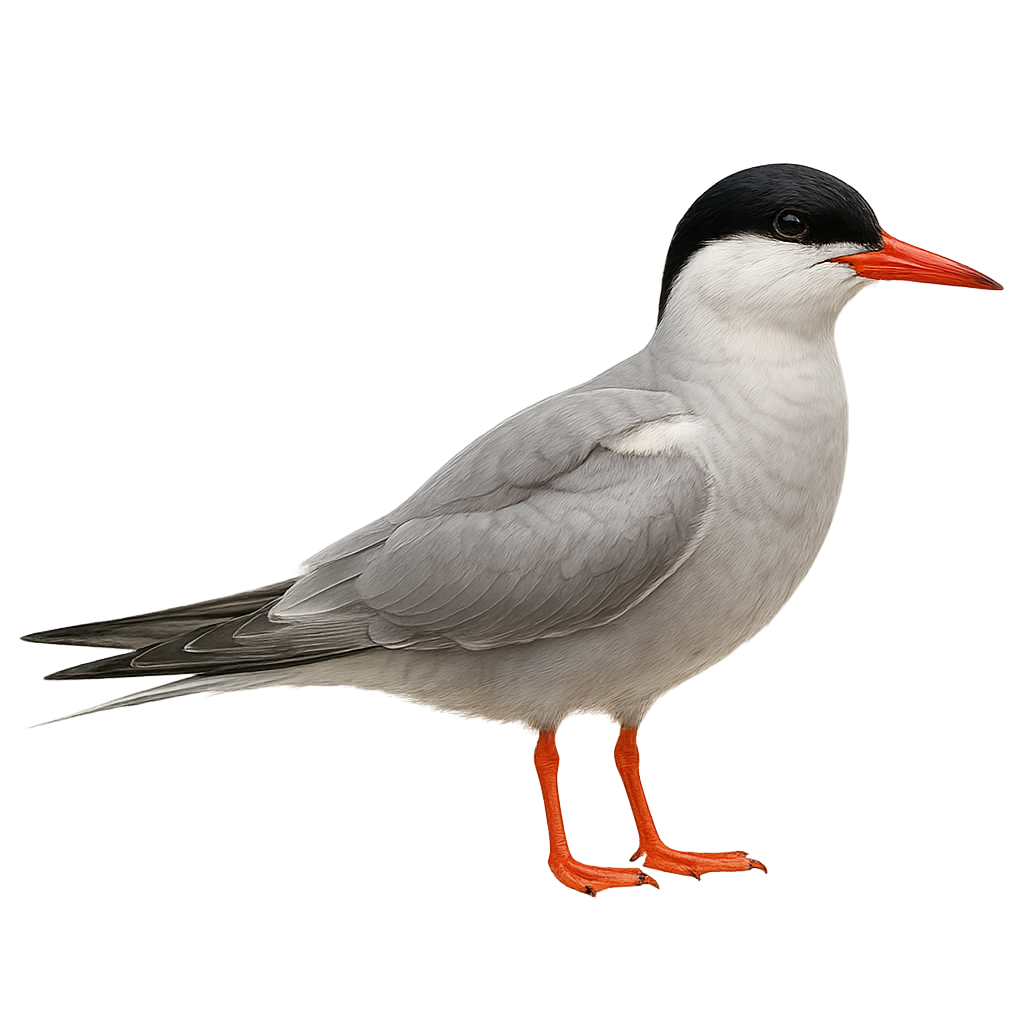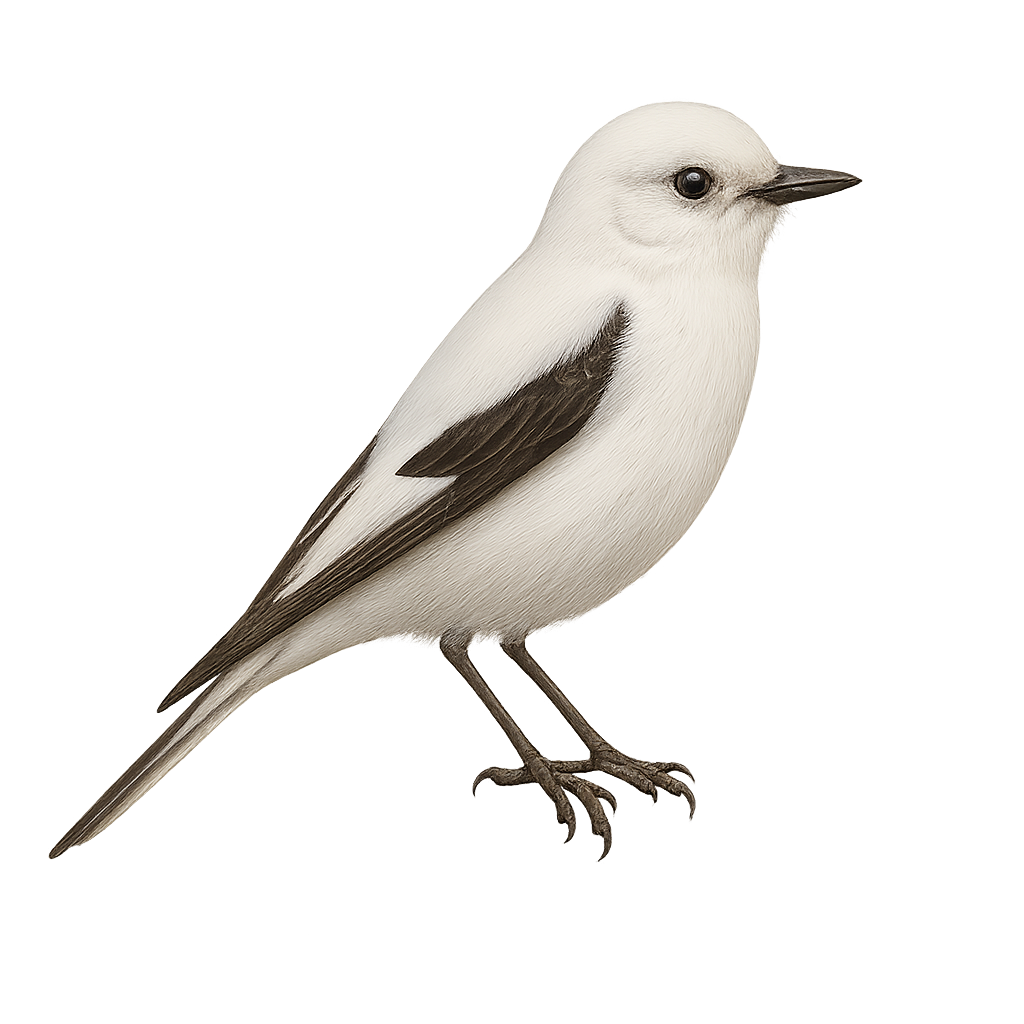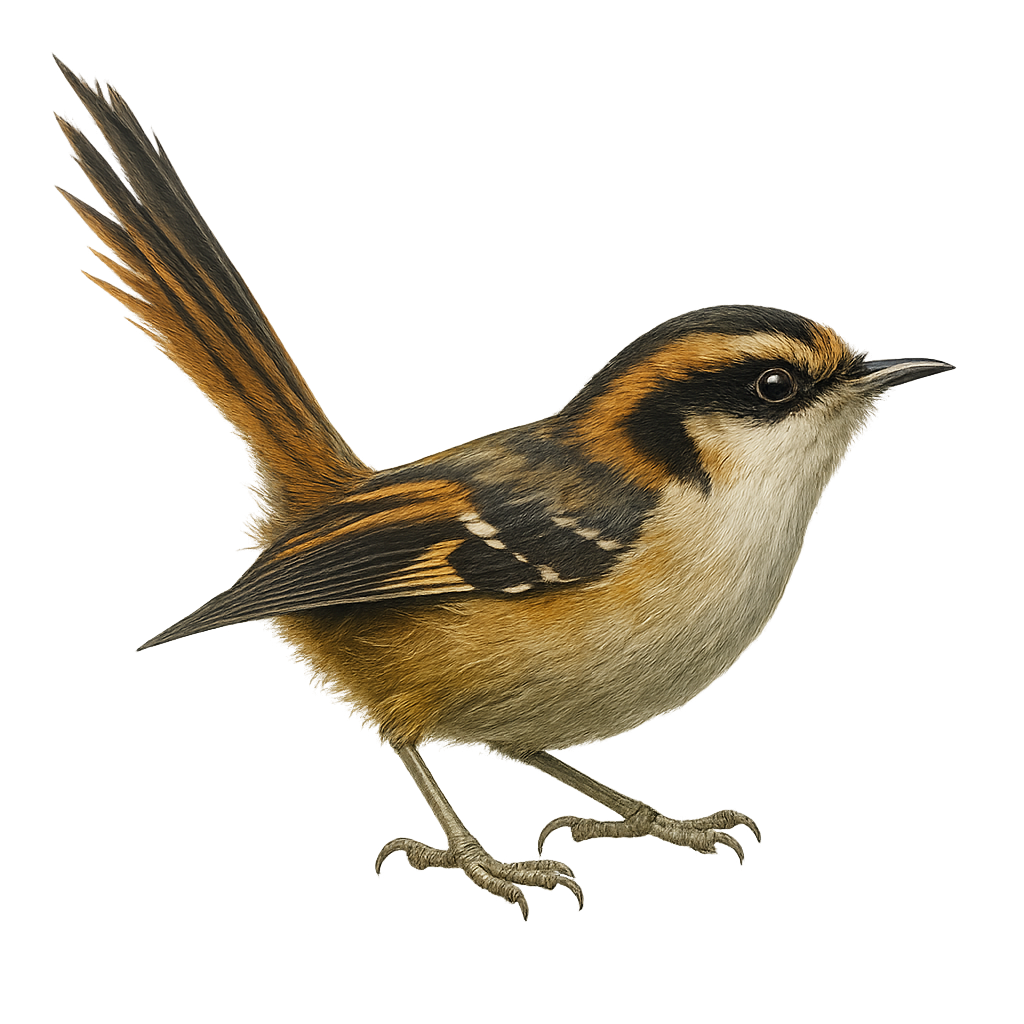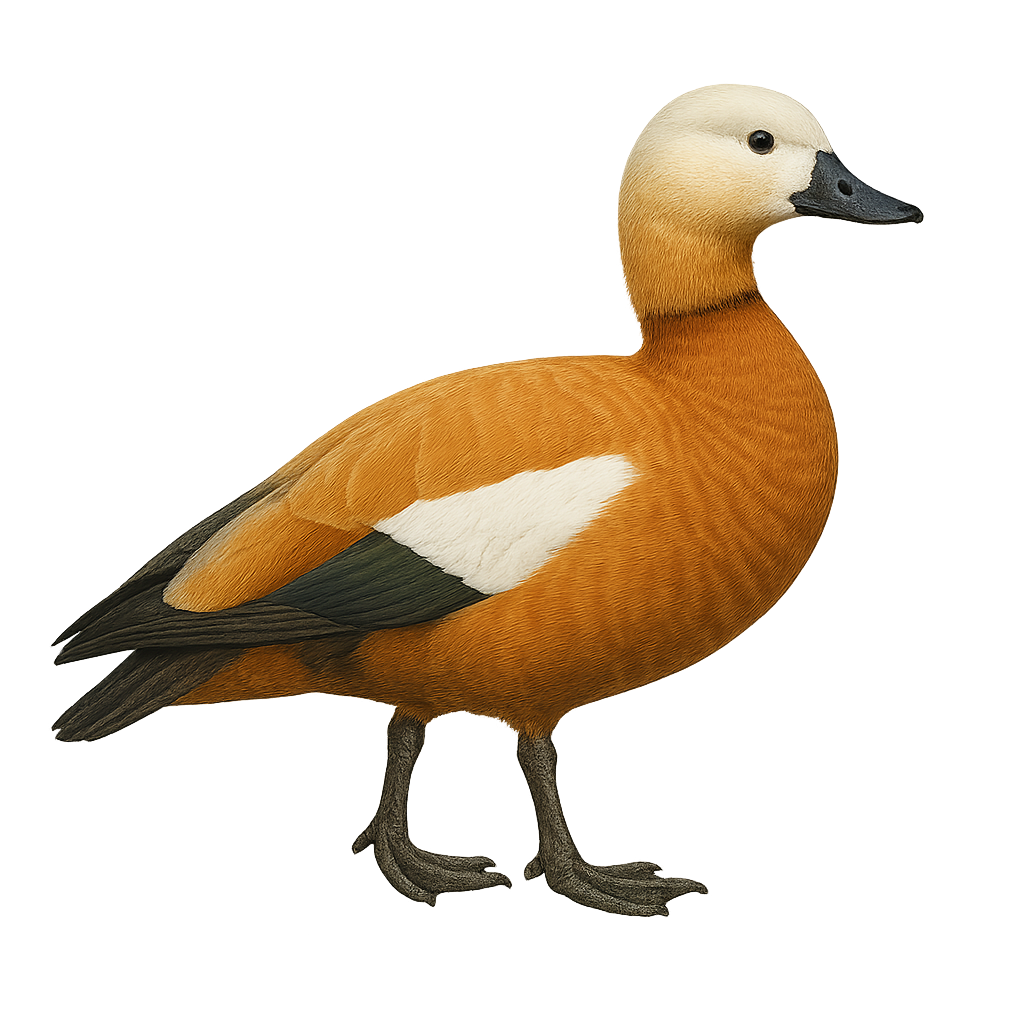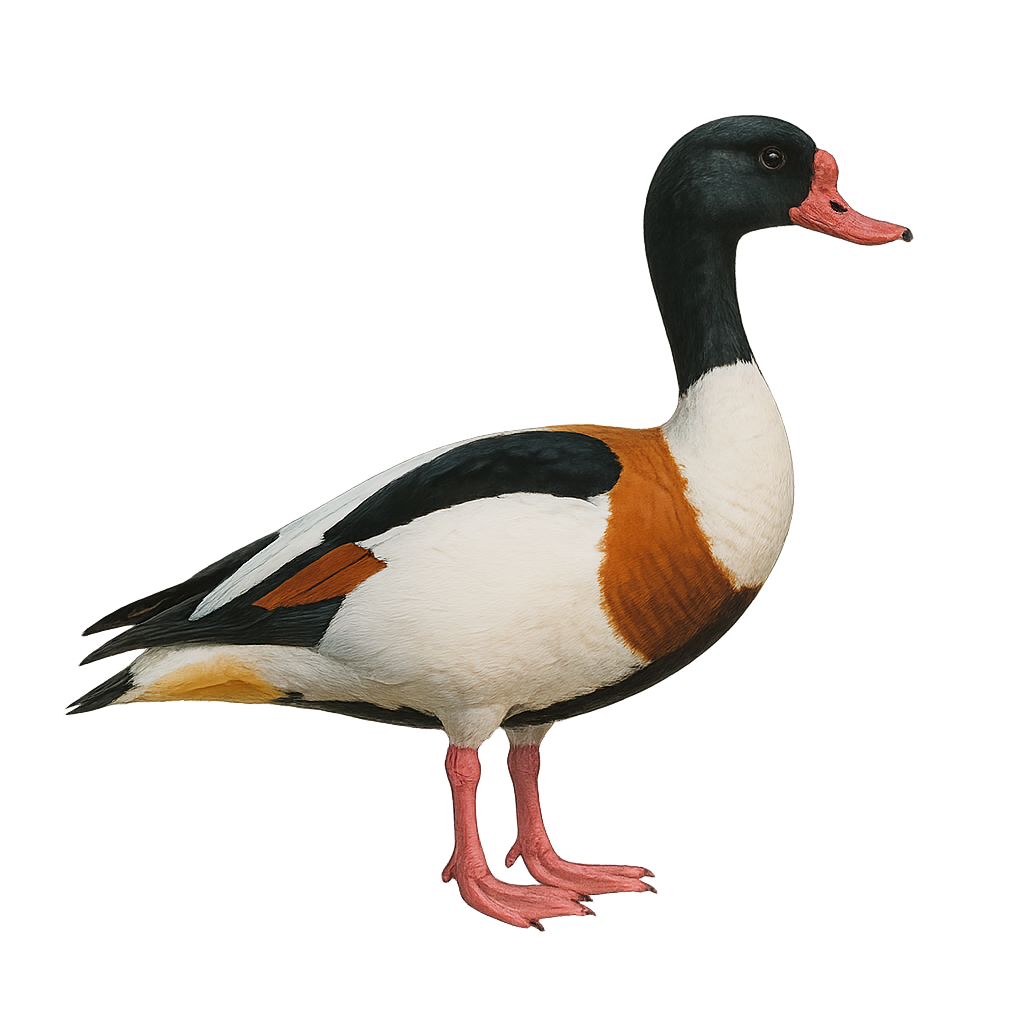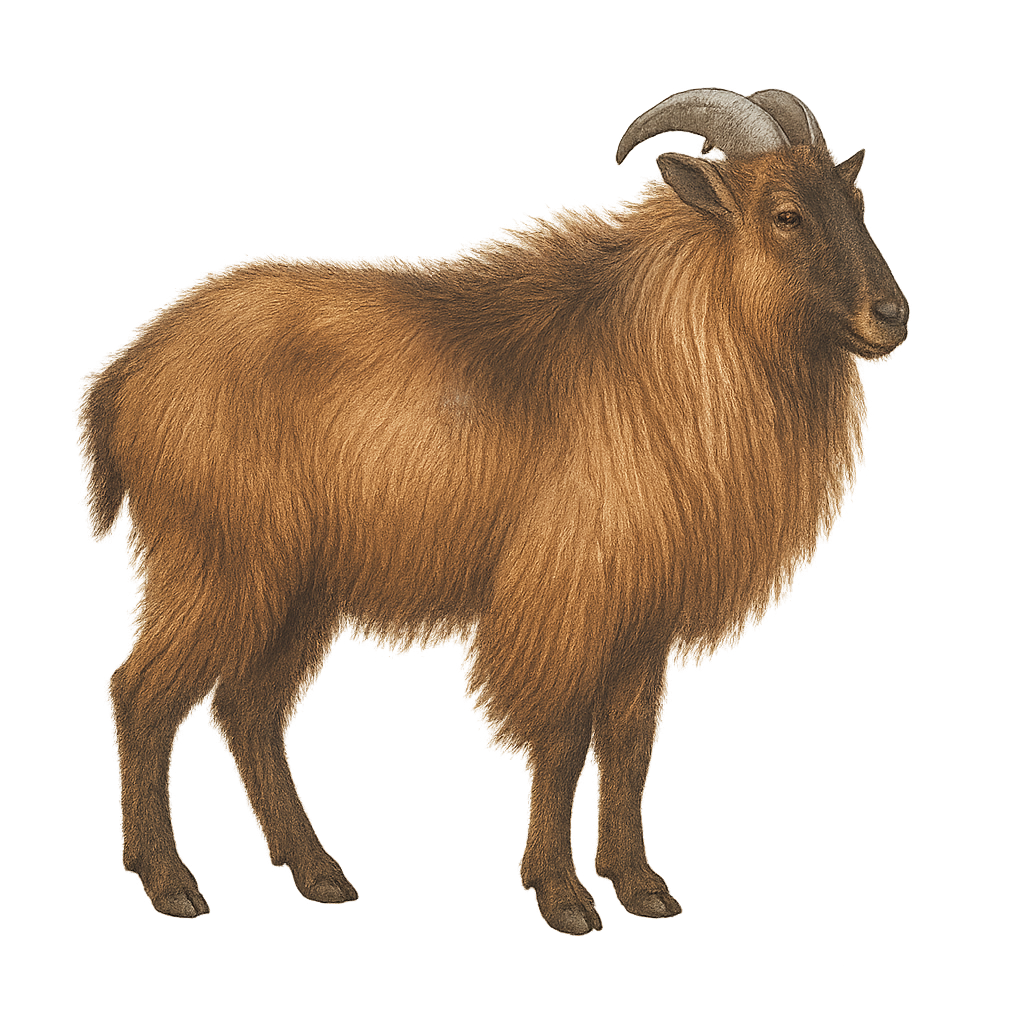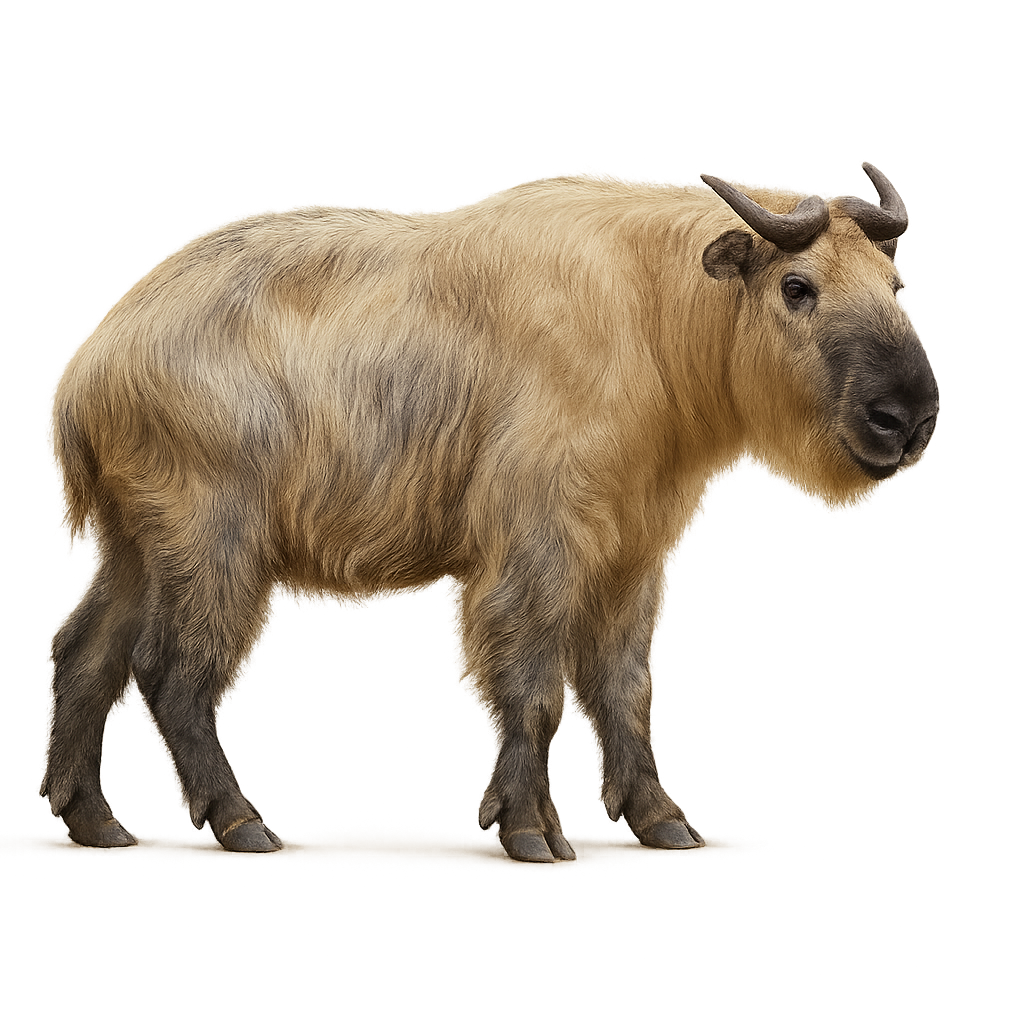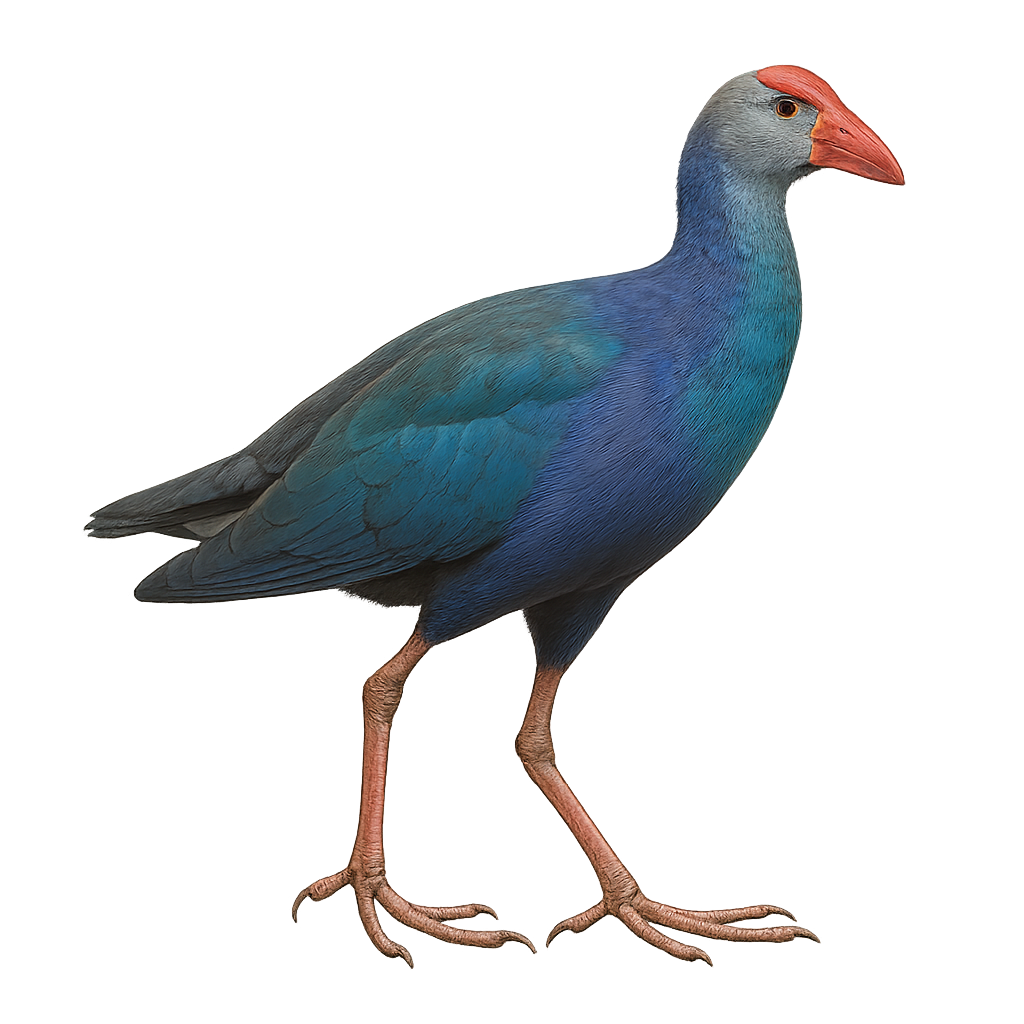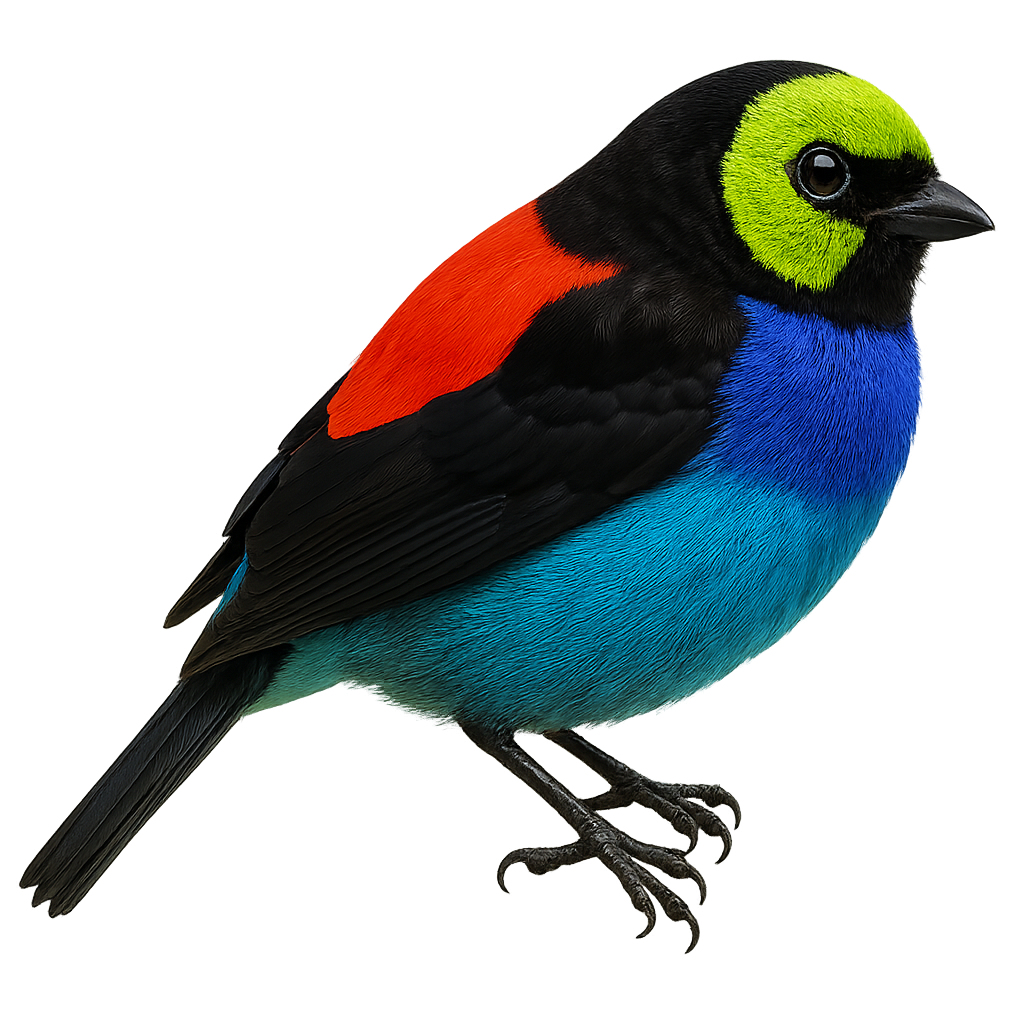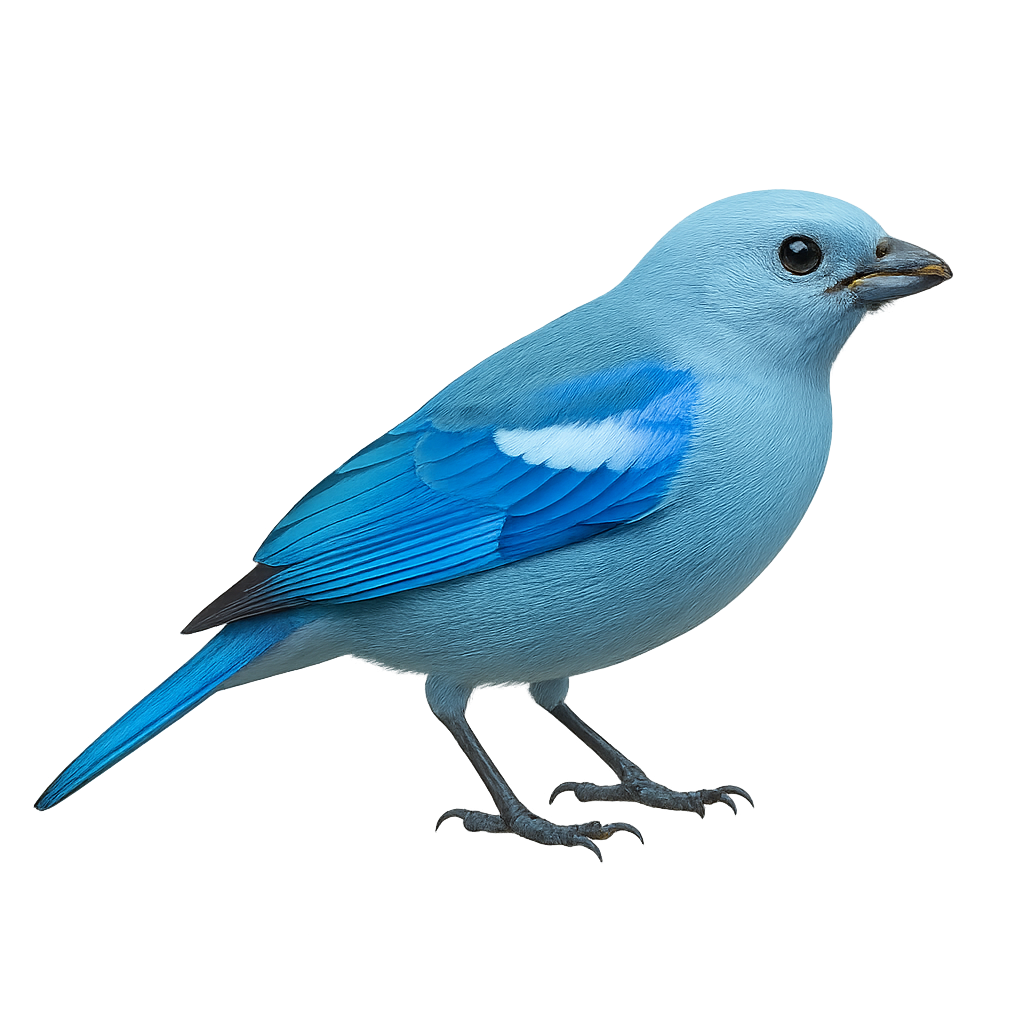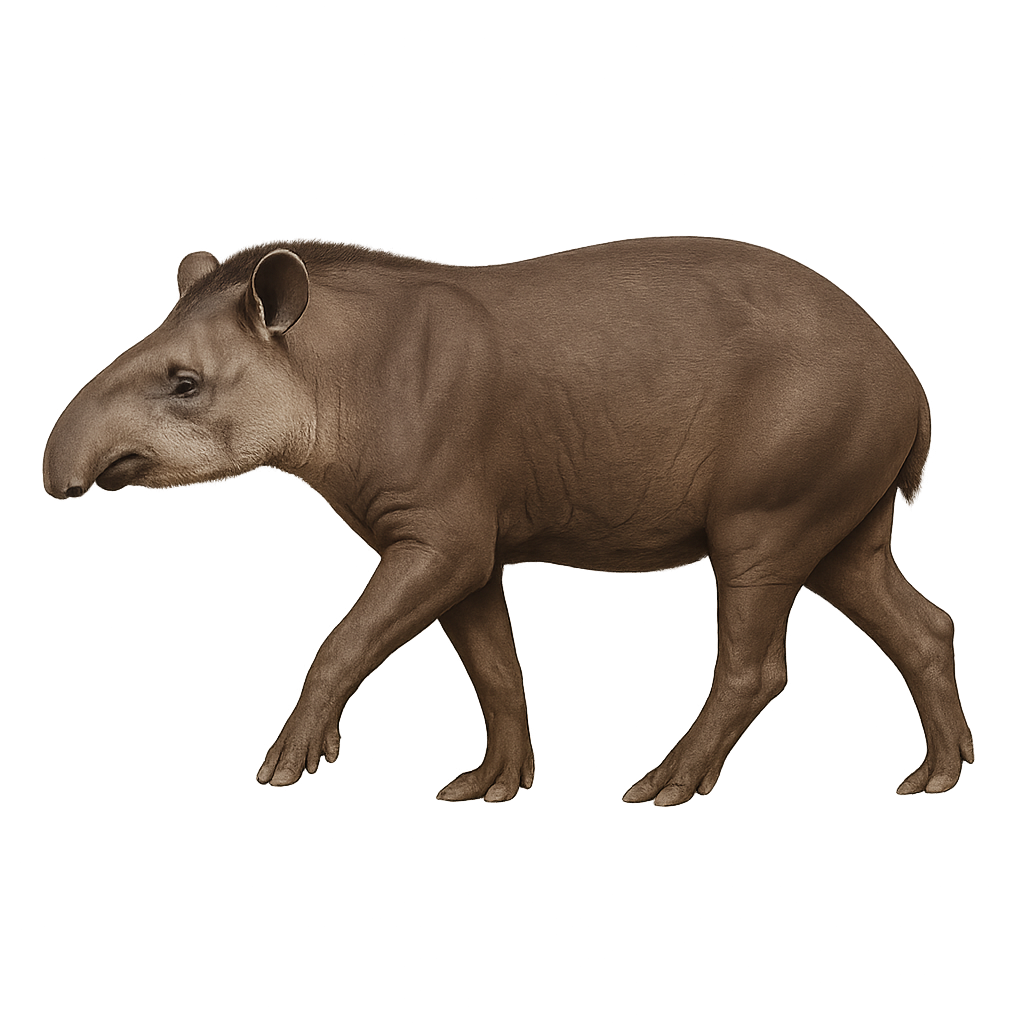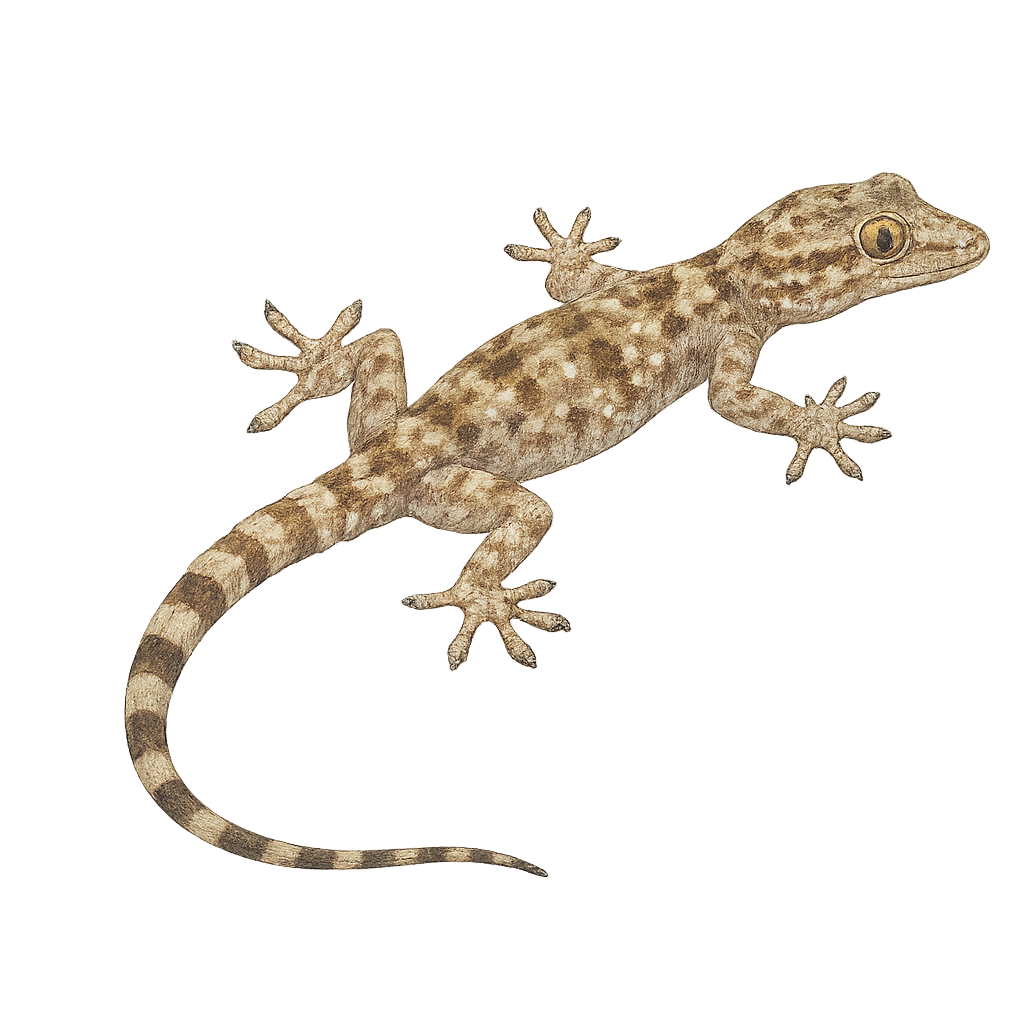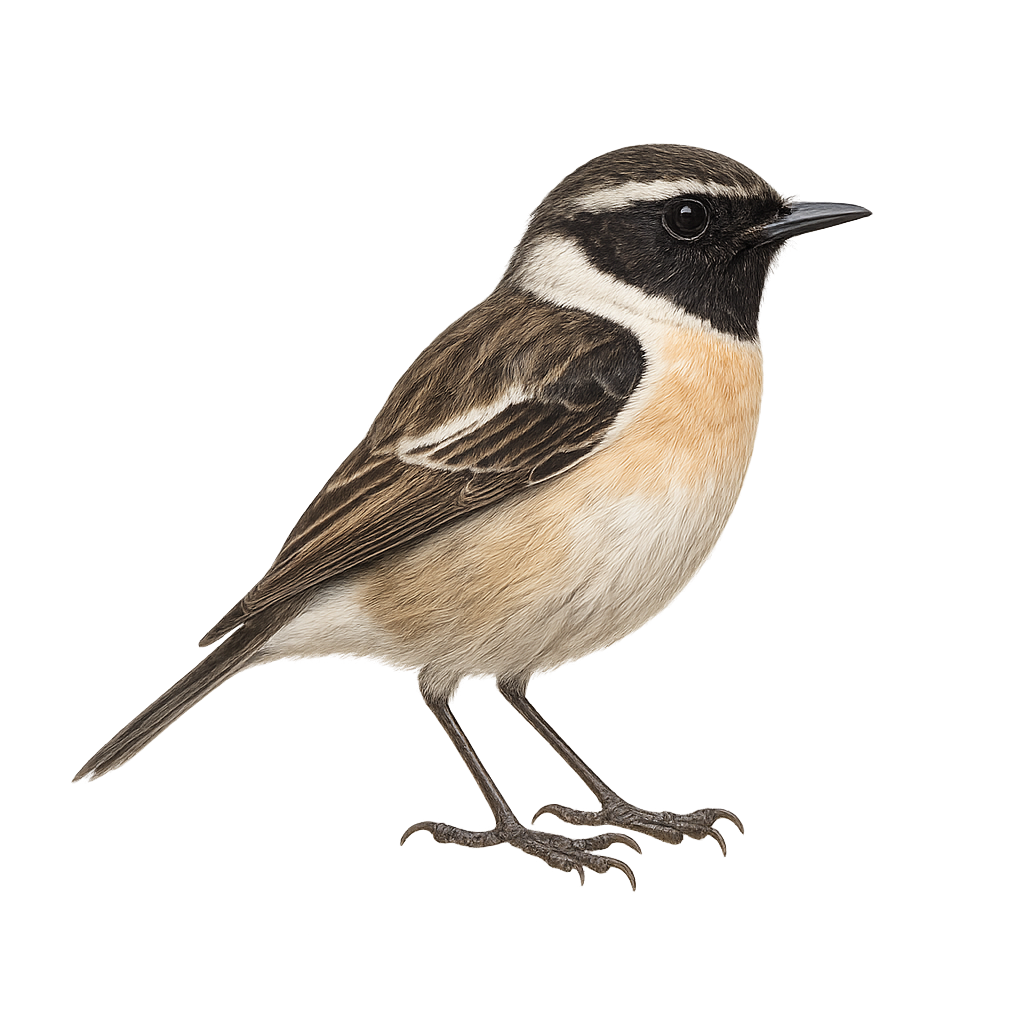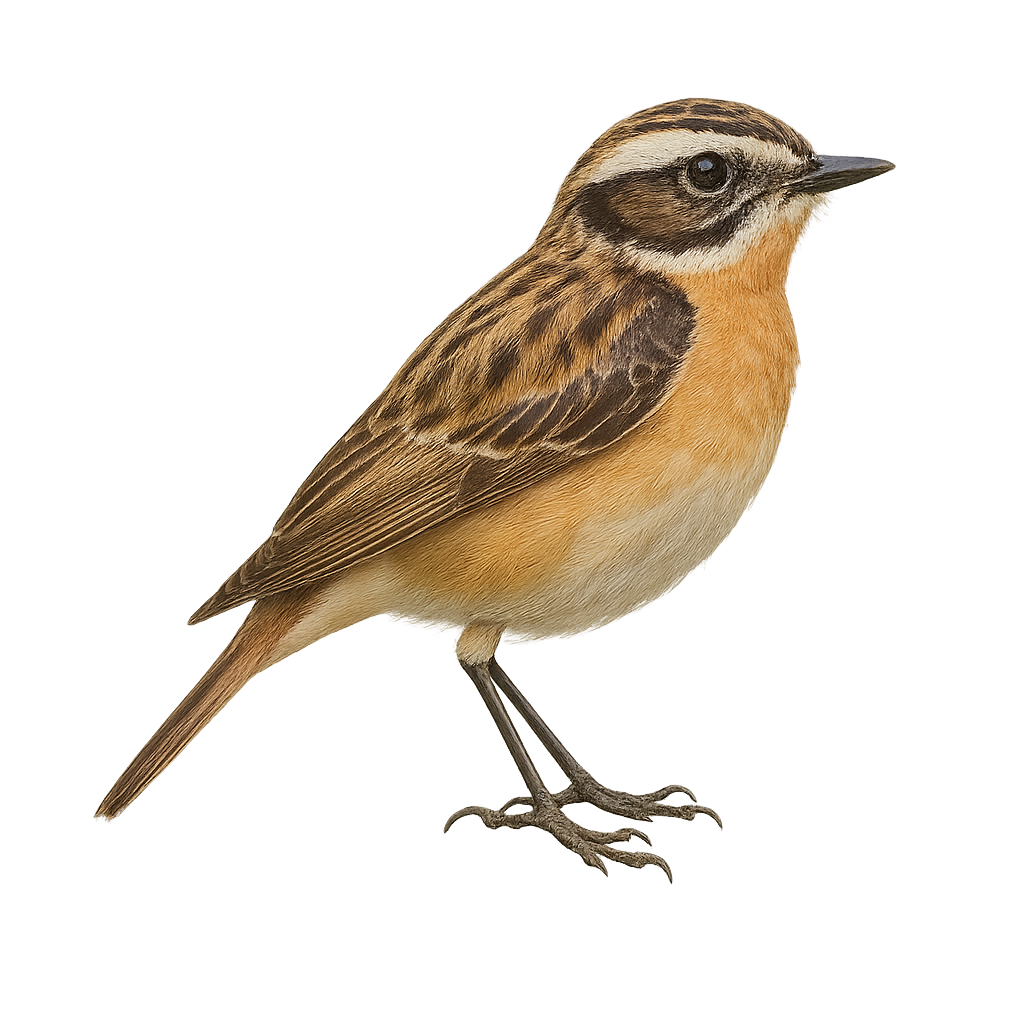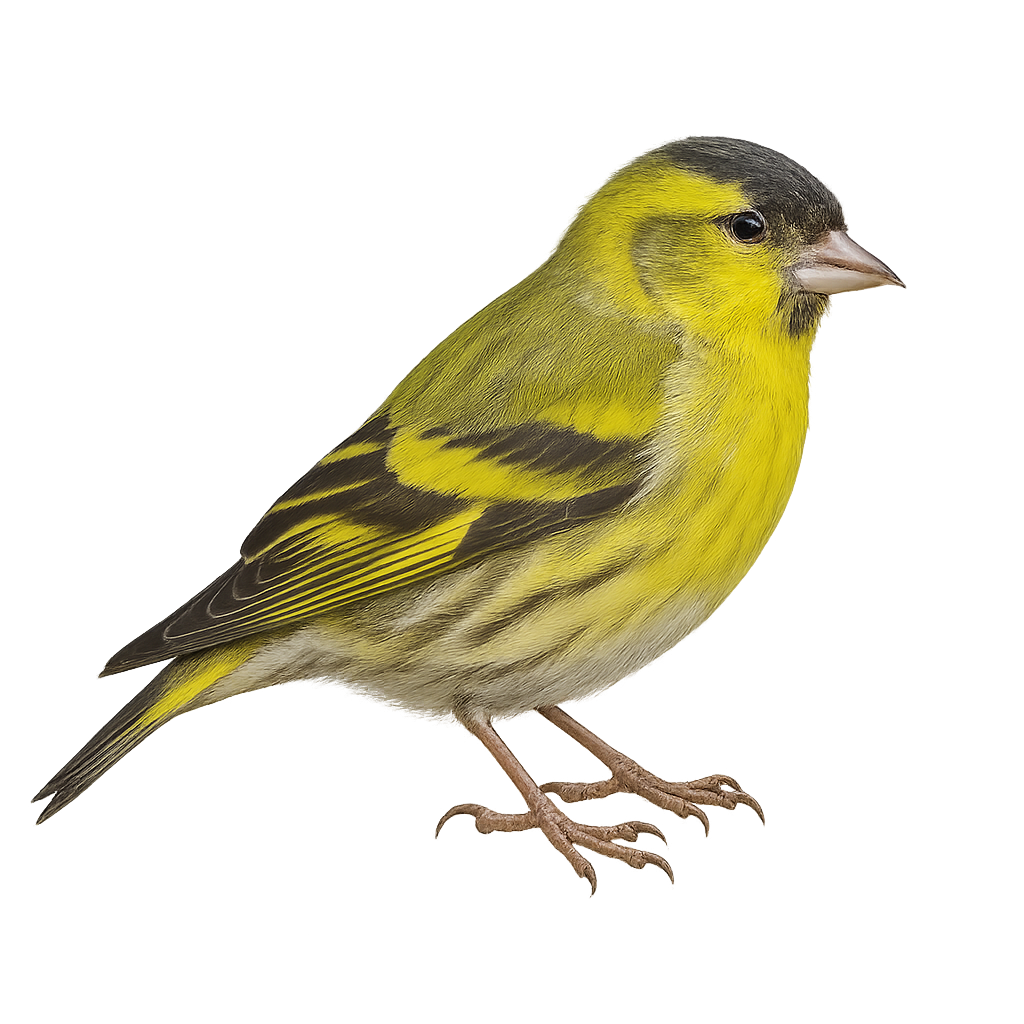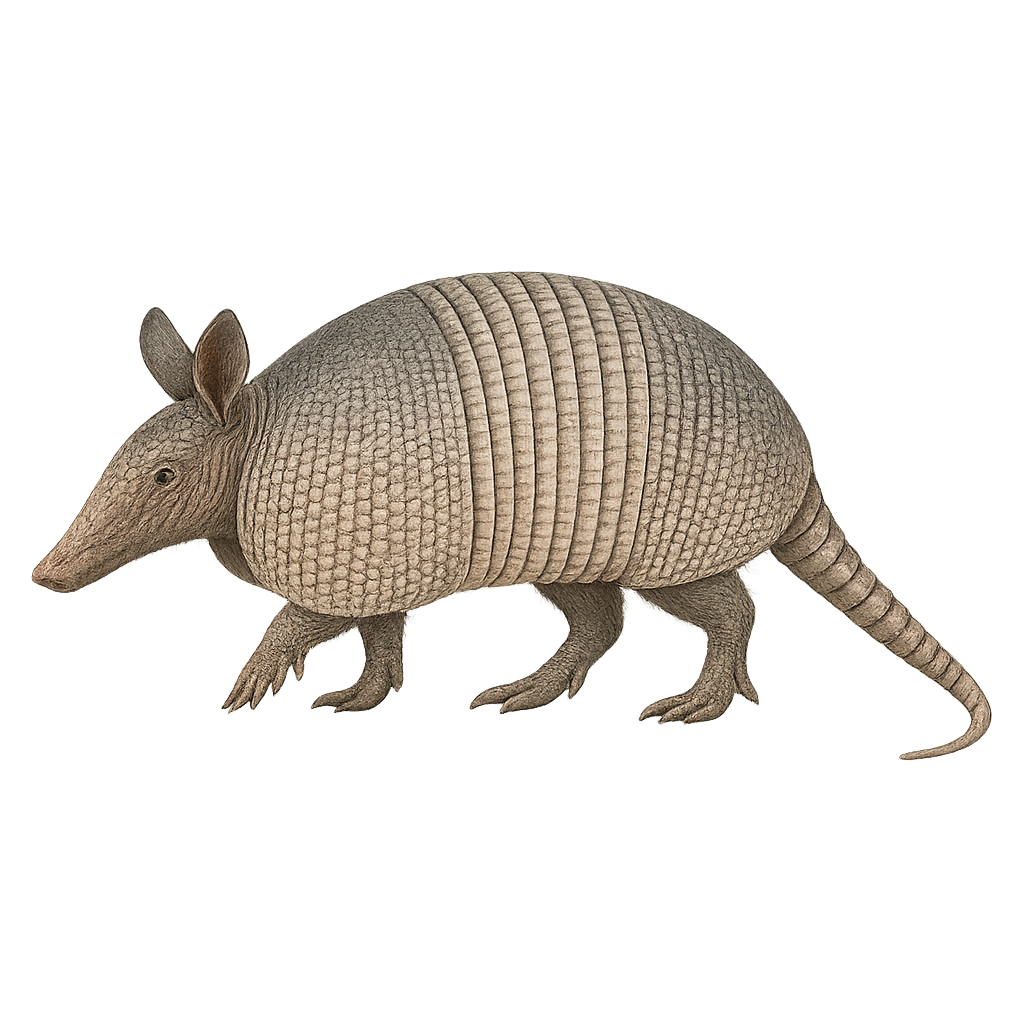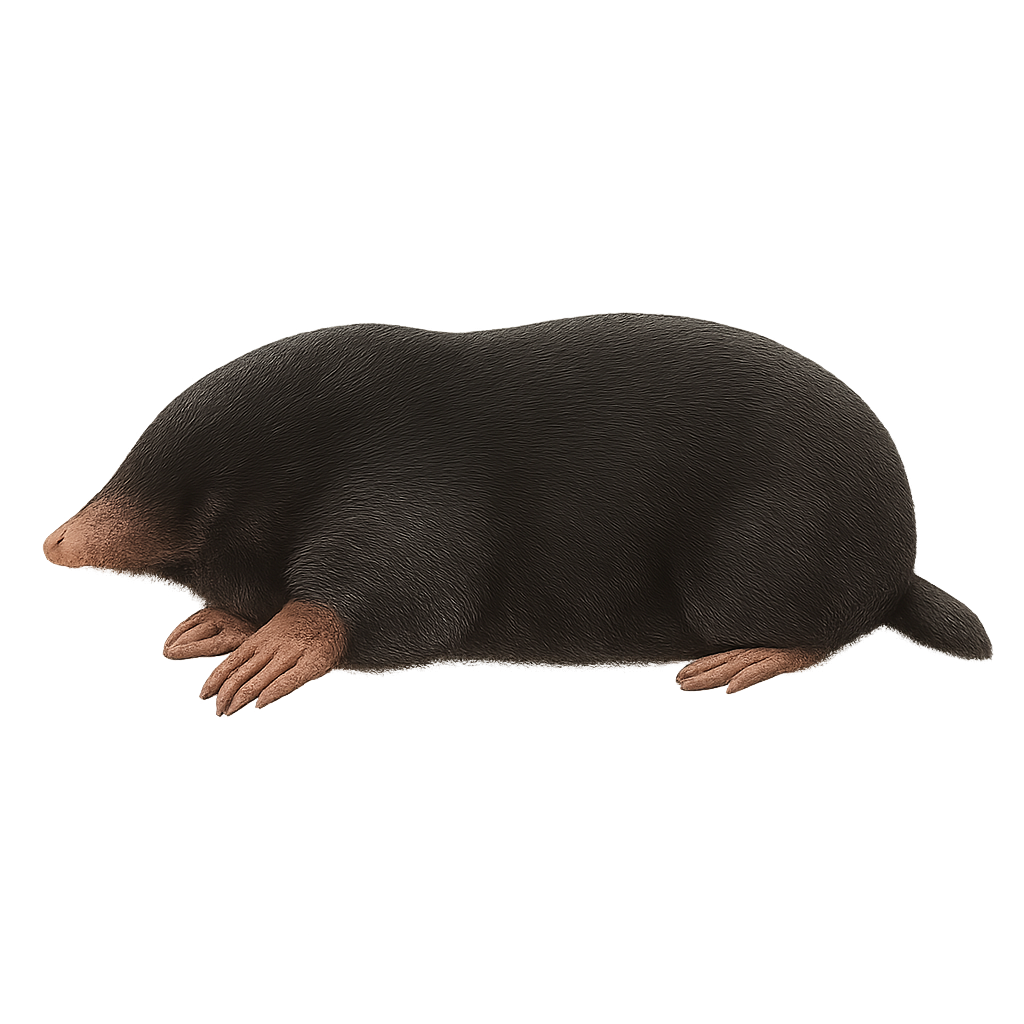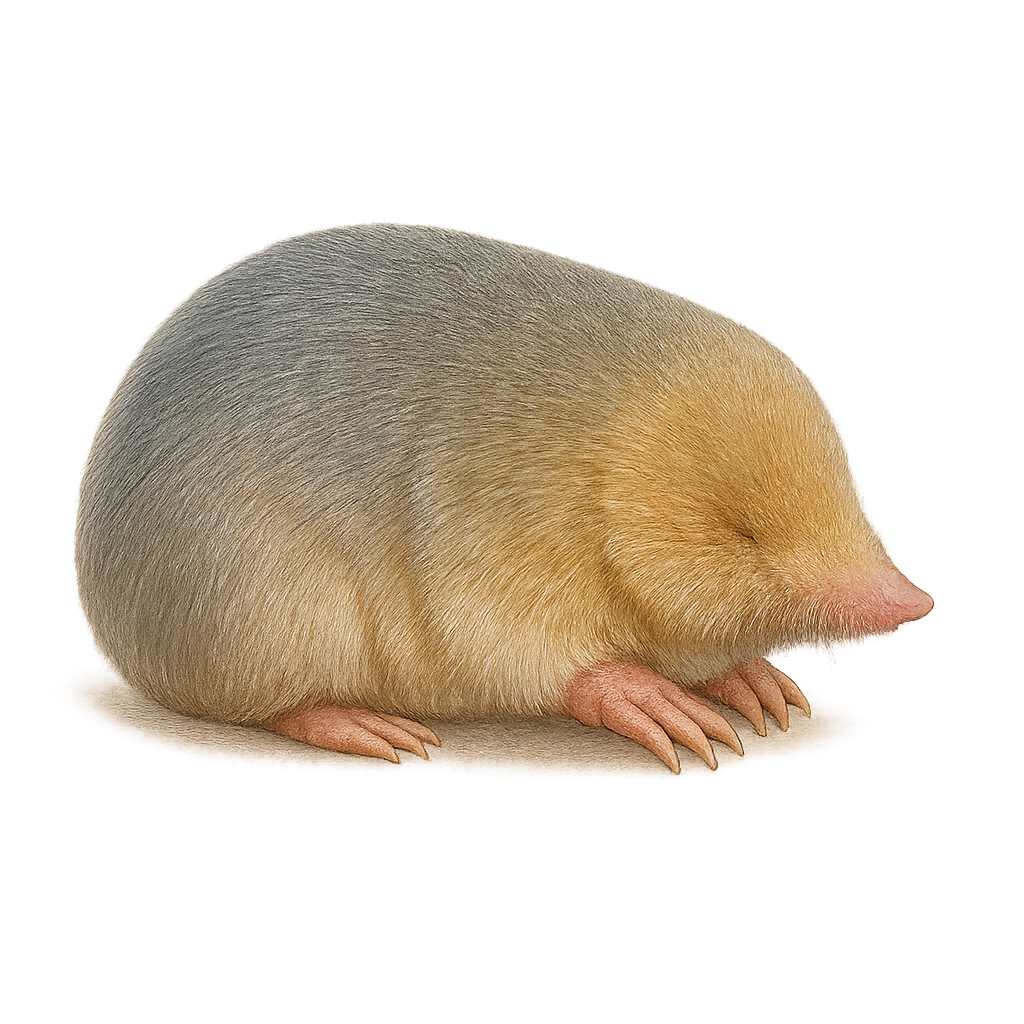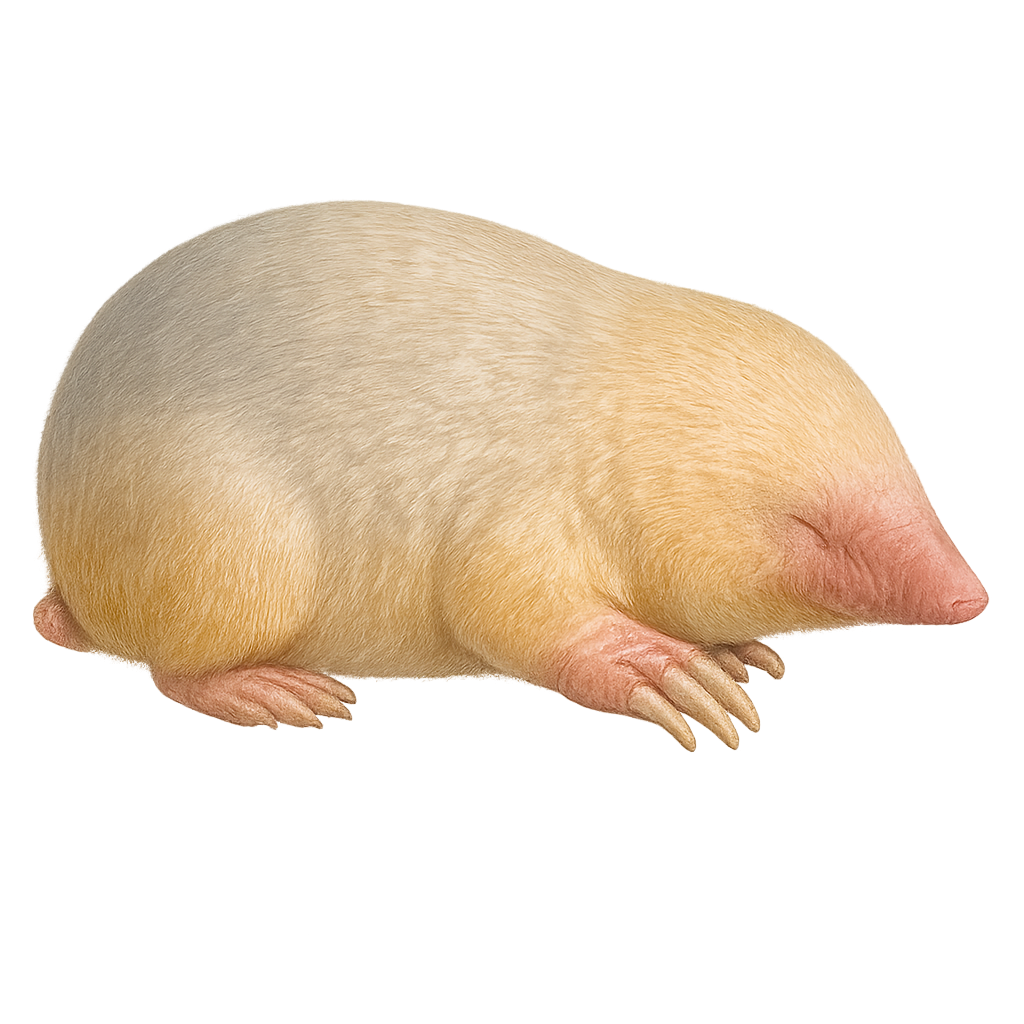The Sandwich Tern, Sterna sandvicensis, is an elegant seabird known for its white plumage, black cap, and black bill with a yellow tip. It inhabits European and African coasts, nesting in colonies on beaches, islands, and lagoons. It primarily feeds on fish, which it catches by skillfully diving. As a migratory bird, it travels long distances between breeding sites and wintering grounds. The Sandwich Tern is an indicator of coastal ecosystem health, and its conservation is vital in the face of threats like pollution and human disturbance.
The Roseate Tern is an elegant seabird, recognizable by its pure white plumage, graceful wings, and black bill with a red tip. It frequents coasts and islands, often nesting in colonies on sandy beaches or rocky islets. Its flight is agile and fast, often punctuated by spectacular dives to catch fish at the water's surface. A migratory bird, it travels long distances between its breeding sites in Europe and its wintering grounds in Africa or South America. The Roseate Tern is a protected species, as it is vulnerable to human disturbances and predation by introduced species.
The common tern is an elegant seabird easily recognized by its white plumage, light gray back, and bright red beak. It is primarily found along the coasts of Europe, Asia, and North Africa, often near estuaries and rivers. This bird is an excellent fisher, diving with precision into the water to catch fish. The common tern is also known for its swift and graceful flights.
The Royal Tern, or Thalasseus maximus, is an elegant seabird known for its large size and striking white plumage, contrasted by a black cap on its head. Its bright orange bill and long, slender wings give it a majestic appearance in flight. It primarily inhabits Atlantic coasts and estuaries, feeding on fish caught with precision diving. Sociable by nature, it nests in dense colonies on sandy islets or isolated beaches. Although its conservation status is currently "least concern," it remains sensitive to human disturbances and habitat degradation.
The Xolmis irupero, or White Monjita, is a passerine bird from the Tyrannidae family. It is primarily found in open regions of South America, particularly in Argentina, Brazil, Uruguay, and Paraguay. This bird is notable for its striking white plumage, contrasting with its reddish belly and black wings. It measures about 20 cm in length and has a sturdy beak suited for its insectivorous diet. The White Monjita is often seen perched on branches or power lines, from where it monitors its territory. Its song is a melodious whistle, often heard at dawn and dusk. Although relatively common, preserving its natural habitat is crucial for its survival.
The Meerkat is a small carnivorous mammal primarily found in the dry and desert regions of southern Africa, notably in South Africa, Botswana, and Namibia. It typically measures about 25 to 35 cm in length, with a tail of 20 to 25 cm, and weighs between 0.6 and 1 kg. Its fur is gray-brown, with lighter spots on the belly, and it has a small head and large black eyes. The Meerkat is especially known for its characteristic posture, standing on its hind legs to survey its surroundings. It lives in organized social groups, called "clans," and primarily feeds on insects, small reptiles, and fruits. While its population remains relatively stable, the Meerkat is threatened by habitat loss and human disturbances.
The Thorn-tailed Rayadito, or Aphrastura spinicauda, is a small bird endemic to the temperate forests of southern South America, particularly in Chile and Argentina. It measures about 14 cm in length and is distinguished by its long, spiny tail, which gives it its name. Its plumage is primarily brown with shades of rufous and black, and it features a distinctive white stripe above the eye. This bird is often seen moving nimbly through branches in search of insects and spiders, which make up the bulk of its diet. Known for its social nature, it is often spotted in small groups or pairs, and is recognized for its melodious and complex song.
The Ruddy Shelduck, or Tadorna ferruginea, is a medium-sized waterfowl known for its striking orange-brown plumage and pale head. Males and females look similar, though males have a black neck ring during the breeding season. This bird favors open habitats near freshwater, such as lakes and rivers. It is primarily herbivorous, feeding on aquatic plants, but may also eat insects and small invertebrates. The Ruddy Shelduck is a partial migrant, moving southward in winter. It is often seen in pairs or small groups and is known for its distinctive, melodious call.
The Common Shelduck is a large duck with a distinctive plumage, measuring between 58 and 67 cm in length. It is identified by its glossy greenish-black head, white body with a broad chestnut band, and bright red bill. Males have a prominent knob at the base of the bill, which females lack. This species inhabits estuaries, lagoons, salt marshes, tidal mudflats, and shallow lake shores, often in flocks. It nests in burrows or cavities, sometimes dug into dunes or embankments. The shelduck primarily feeds on aquatic invertebrates such as mollusks, worms, and crustaceans, filtered from the mud. While generally secure, it is vulnerable to coastal wetland destruction.
The Arabian tahr, Hemitragus jayakari, is a species of wild goat native to the arid mountains of Oman and the United Arab Emirates. This robust mammal is well adapted to rugged, rocky terrains, where it primarily feeds on grasses, leaves, and fruits. Males are distinguished by their thick, curved horns, while females have smaller horns. Its dense, brownish coat allows it to blend into its rocky environment. The Arabian tahr is a gregarious animal, living in small groups, although adult males are often solitary. This species is threatened by habitat loss and hunting, leading to its classification as vulnerable by the IUCN.
The Takin is a large herbivore found primarily in the mountainous regions of the Himalayas and China. It typically stands between 1.2 and 1.5 meters at the shoulder, with a body length of 1.5 to 2 meters, and weighs between 250 and 350 kg. Its fur is dense and ranges from golden to light brown, with longer hair around the throat and shoulders, giving it a robust appearance. The Takin is an excellent climber and primarily feeds on woody vegetation, leaves, young shoots, and fruits. It lives in social groups and is mainly active at dawn and dusk. While its population remains relatively stable in certain areas, this species is threatened by deforestation and human activities, including hunting and encroachment on its natural habitat.
The Purple Swamphen, or Porphyrio porphyrio, is a striking waterbird known for its vivid blue-purple plumage and bright red bill. It primarily inhabits marshes, lakes, and wetlands with dense vegetation. This bird is recognized for its graceful walk and swimming ability. The Purple Swamphen is omnivorous, feeding on aquatic plants, insects, and small animals. It is often seen walking on water lilies thanks to its long toes. Although generally discreet, it can be noisy, emitting loud and varied calls. Its presence is an indicator of healthy aquatic ecosystems.
The Southern Tamandua is an arboreal anteater found primarily in South America. It is recognizable by its beige and black fur, which allows it to blend into the trees. It has a long sticky tongue, ideal for capturing ants and termites, which make up the bulk of its diet. This mammal is mainly nocturnal and spends the day resting in trees. Although generally solitary, it can sometimes be seen in pairs. Its prehensile tail allows it to move easily through the trees, and it uses its powerful claws to defend itself against predators.
The Mexican Tamandua, or Tamandua mexicana, is an insectivorous mammal primarily found in the tropical and subtropical forests of Mexico, Guatemala, and Honduras. It typically measures between 50 and 70 cm in length, with a tail of 40 to 50 cm, and weighs between 4 and 7 kg. Its fur is generally yellow-brown, with a black mask around the eyes and a wide black band on its back. This tamandua has a long tongue, which can reach up to 40 cm, used to catch termites and ants, its main food source. The Mexican Tamandua is also an excellent climber, spending much of its time in trees. It is generally nocturnal and primarily feeds on insects and occasionally fruits. While its population remains relatively stable, it is sometimes threatened by deforestation and the loss of its natural habitat.
The Golden Lion Tamarin is a small primate found primarily in the tropical forests of southeastern Brazil. It typically measures about 20 to 30 cm in length, with a tail of 35 to 45 cm, and weighs between 500 and 700 g. Its fur is a bright golden orange, giving it a distinctive and striking appearance. The Golden Lion Tamarin is known for its small size, great agility, and complex social behaviors. It lives in family groups and primarily feeds on fruits, insects, nectar, and small vertebrates. Although it is an excellent climber and spends most of its time in trees, this species is threatened by deforestation, habitat loss, and illegal wildlife trade.
The Paradise Tanager, known for its vibrant plumage, is a fascinating bird from the tropical forests of South America. Its head is a bright green, contrasting with a turquoise blue body and black wings. It measures about 13 to 15 cm in length and weighs between 15 and 20 grams. This bird primarily feeds on fruits, insects, and nectar, playing a crucial role in pollination and seed dispersal. It lives in social groups and is often seen in the company of other tanager species. Its song is melodious, composed of varied and pleasant notes. Although its habitat is threatened by deforestation, it is still widely distributed and not considered endangered.
The Bishop Tanager is a small, colorful bird found primarily in the tropical forests and wooded areas of Central and South America, notably in Costa Rica, Panama, Colombia, and Venezuela. It typically measures about 18 cm in length and weighs between 20 and 30 g. Its plumage is especially vibrant, with shades of green, yellow, and red, giving it a striking appearance, which is why it is named as such. The Bishop Tanager is frugivorous, primarily feeding on fruits, berries, and seeds, but it can also eat insects. This bird is known for its social behaviors, living in small groups or pairs, and is often observed moving through trees in search of food. While its population remains stable, it is sometimes threatened by deforestation and the loss of its natural habitat.
The Baird's Tapir is a species of tapir found primarily in the tropical forests of Central America, notably in Guatemala, Honduras, Costa Rica, and Nicaragua. It typically measures about 2 to 2.5 meters in length, with a short tail of 20 to 30 cm, and weighs between 200 and 300 kg. Its fur is predominantly black or dark brown, with lighter areas on its legs and ears. The Baird's Tapir has a long, flexible snout that allows it to grasp leaves, fruits, branches, and grasses. While it is an excellent swimmer and often spends time in water, it primarily lives in dense, humid forests. This species is threatened by deforestation, illegal hunting, and habitat loss, which has led to a decline in its population.
The Brazilian tapir, also known as the Amazonian tapir, is a large herbivorous mammal that lives in the humid tropical forests and wetland areas of the Amazon basin. It is easily recognized by its massive body, short legs, and elongated trunk-like nose, which it uses to grasp branches and leaves. The Brazilian tapir is primarily nocturnal and solitary, feeding mainly on fruits, leaves, and roots. While rather calm, it is an excellent swimmer and often spends time in water to cool off or move around. This tapir is currently listed as vulnerable due to habitat loss and hunting.
The Mediterranean House Gecko, Hemidactylus turcicus, is a small nocturnal gecko commonly found in Mediterranean regions. It typically measures between 7 and 15 cm, including the tail. Its skin is translucent and granular, often beige to light brown with darker patterns. The toes have adhesive pads, allowing it to climb vertical surfaces easily. It primarily feeds on insects and other small invertebrates. This gecko is often seen near human dwellings, taking advantage of artificial lights to hunt attracted insects. Although discreet, it is relatively tolerant of human presence.
The Saxicola dacotiae, known as the Canary Islands Stonechat, is a small bird endemic to the Canary Islands, specifically Fuerteventura. This passerine is characterized by its brownish-red and white plumage, with a dark head and light belly. It primarily inhabits arid and semi-arid areas, scrublands, and rocky zones. The Canary Islands Stonechat is a sedentary bird, meaning it does not migrate and remains in its territory year-round. It feeds mainly on insects, which it catches on the ground or in flight. Although its habitat is limited, it adapts well to local conditions. However, it is considered vulnerable due to habitat degradation.
The whinchat is a small passerine bird found primarily in meadows, cultivated fields, and open areas across Europe and Asia. It is easily recognized by its brown and beige plumage, orange chest, and white markings on its head. This small bird primarily feeds on insects, which it catches by flying or by perching to observe its surroundings. The whinchat is also known for its territorial behavior and distinctive song.
The European Stonechat, Saxicola torquata, is a small passerine bird belonging to the Muscicapidae family. It is easily identifiable by its distinctive plumage: the male has a black head, white throat, and orange-brown back, while the female is duller with brownish tones. This bird is often seen perched on bushes or fences, watching for insects to feed on. It inhabits open areas such as meadows, heaths, and agricultural lands. The European Stonechat is a resident bird in temperate regions, but some populations migrate south in winter. It is known for its melodious song and short, sharp calls.
The Eurasian siskin is a small passerine of 11–12 cm with yellow-green plumage streaked with black and dark wings. It inhabits coniferous and mixed woodlands, especially alder and birch stands, feeding mainly on cone seeds and small herbaceous seeds. During breeding, pairs nest in mid-canopy conifers and raise 2–3 broods per year.
The Tarsier des Philippines is a small nocturnal primate found primarily in the tropical forests of Southeast Asia, notably in the Philippines, Indonesia, and Borneo. It typically measures about 10 to 15 cm in length, with a tail of 20 to 25 cm, and weighs between 100 and 150 g. The Tarsier des Philippines is known for its remarkably large eyes, which account for about one-third of its head size, allowing it to see in low-light conditions. It also has long legs and large hands, which enable it to move agilely through the trees, where it primarily hunts insects, spiders, and occasionally small vertebrates. While its population remains relatively stable in some areas, the Tarsier des Philippines is threatened by deforestation and habitat loss.
The nine-banded armadillo, Dasypus novemcinctus, is a distinctive armored mammal native to the Americas. It is easily recognized by its hard shell made of bony plates and its nine movable bands that provide some flexibility. This armadillo typically measures between 40 and 60 cm in length, not including its tail, which can add an additional 25 to 40 cm. It weighs between 3 and 6 kg. Primarily nocturnal, it feeds on insects, small invertebrates, and occasionally fruits. It can dig quickly to escape predators or find food. Although often solitary, it can be seen in small groups during the breeding season.
The Giant Armadillo is the largest of the armadillos, found primarily in the tropical forests of South America, notably in Brazil, Bolivia, Paraguay, and Argentina. It typically measures between 1.5 and 2 meters in length, including its tail, and can weigh up to 60 kg. Its fur is rough and brown, and it has a hard shell, typical of armadillos, which serves as protection against predators. The Giant Armadillo is primarily nocturnal and terrestrial, feeding mainly on insects, worms, fruits, and roots. While it is an excellent burrower, it is threatened by illegal hunting and habitat destruction, leading to a decline in its population.
The European mole, Talpa europaea, is a small burrowing mammal found primarily in meadows, forests, and gardens across Europe. It is recognizable by its cylindrical body, velvety black fur, and powerful forelimbs adapted for digging. Measuring about 14 cm in length, it has a pointed snout and small eyes often hidden by its fur. Although nearly blind, it has a highly developed sense of smell and touch, allowing it to navigate efficiently underground. The European mole plays an important ecological role by aerating the soil and controlling pest insect populations.
The Amblysomus hottentotus, commonly known as the Hottentot Golden Mole, is a small insectivorous mammal endemic to southern Africa. It is characterized by its silky, golden-tinged fur, giving it a unique appearance. Adapted to a subterranean lifestyle, it has powerful forelimbs and robust claws for efficient digging. Its eyes are covered by skin, as vision is of little use in its underground habitat. It primarily feeds on insects and small invertebrates it finds in the soil. Although elusive, it plays a crucial role in the ecosystem by aerating the soil and controlling insect populations.
The Southern Marsupial Mole, Notoryctes typhlops, is a small marsupial mammal endemic to Australia. Adapted to a subterranean lifestyle, it has a cylindrical body, powerful forelimbs, and robust claws for digging. Its skin is covered with silky fur, usually cream or golden in color. It is blind, with eyes covered by skin, and lacks visible external ears. It primarily feeds on insects and larvae found underground. The marsupial mole is rarely observed due to its underground lifestyle and restricted habitat in the deserts and arid regions of central and western Australia.


